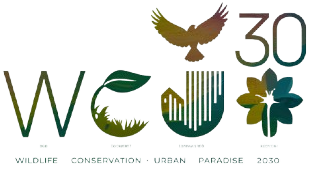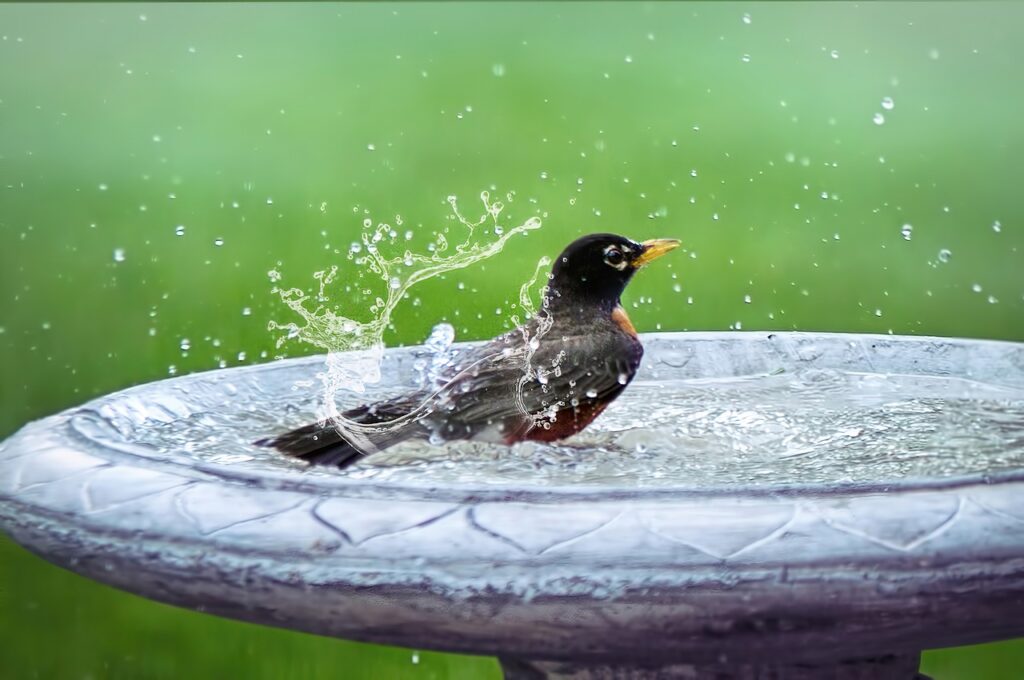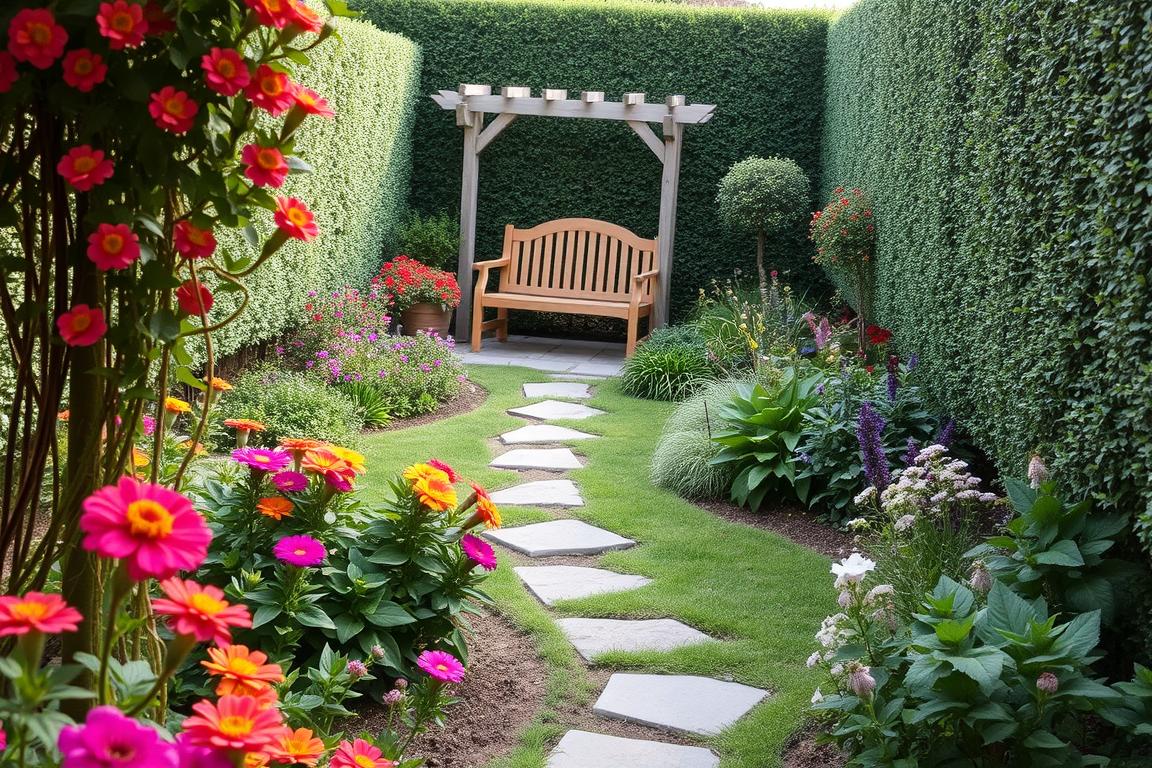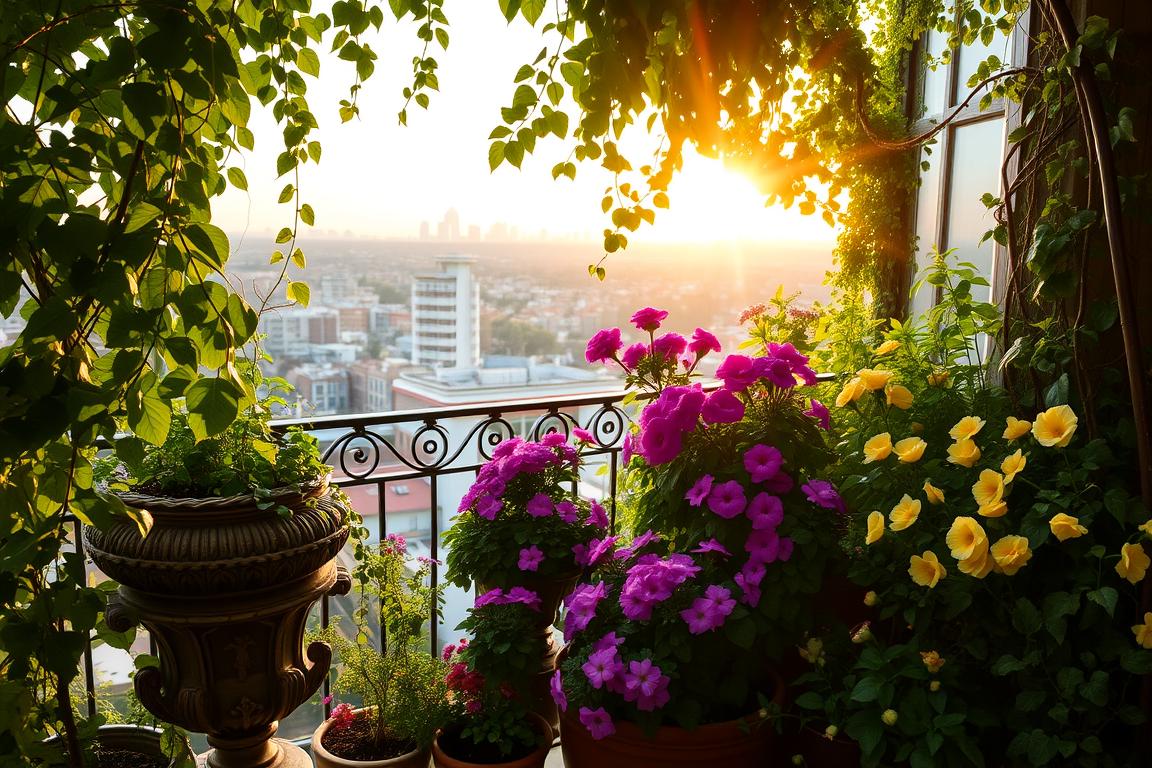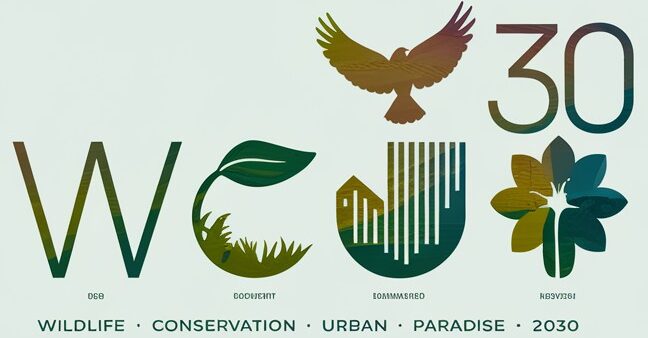Table of Contents
ToggleSummer Birds in Urban Areas: Complete Guide
When summer arrives, urban areas come alive with a variety of birds. For city dwellers, this is a wonderful opportunity to engage with nature and observe the fascinating behaviors of birds. Even in concrete jungles, you can easily spot them if you know where to look. This guide will introduce you to some of the most common summer birds you can find in urban environments.
The American Robin
The American Robin is a quintessential summer bird in North America. Characterized by its bright orange belly and cheerful song, this bird is often associated with warmer weather. You can find robins hopping around parks, yards, and even on sidewalks as they search for worms and berries. Look out for them perched on tree branches, ready to catch morning sunlight or scouting for food.
The House Sparrow
The House Sparrow is a familiar sight in urban landscapes. These small birds, with their brown feathers and distinctive black bibs, are social creatures. They often gather in flocks around picnic areas, restaurants, and public parks. Their adaptability to city life makes them a reliable presence throughout the summer months, and they are especially fond of seeds and breadcrumbs offered by kind-hearted humans.
The European Starling
With its striking iridescent feathers, the European Starling is another common bird you’ll encounter in cities. They are known for their vocal versatility and can mimic other birds’ calls. During summer, starlings often form large flocks, performing aerial displays that can be breathtaking to witness. Keep an eye out for them as they swoop and dive, showcasing their agility.
The Mourning Dove
Mourning Doves, easily recognized by their soft cooing calls, are gentle birds frequently spotted in urban areas. Their long tails and slender bodies allow them to blend in with their surroundings. You may encounter them perched on telephone wires or foraging on the ground for seeds. Their calm demeanor adds a serene tone to any summer day.
The Northern Cardinal
Your summer birdwatching wouldn’t be complete without the vibrant Northern Cardinal. Males flaunt their striking red plumage, while females exhibit a more subtle brown coloration. Cardinals are known for their melodious songs and are often found in gardens and wooded parks. If you have bird feeders, putting out sunflower seeds can attract these beautiful birds to your yard.
Tips for Bird Watching in the City
To enhance your birdwatching experience this summer, consider the following tips:
- Be Quiet: Approach birds quietly to avoid startling them.
- Use Binoculars: A good pair of binoculars can help you get a closer look without disturbing the birds.
- Visit Parks: Urban parks are often hotspots for bird activity. Spend time in green spaces to increase your chances of seeing diverse species.
- Keep a Journal: Document your sightings to keep track of the different species you encounter.
- Use Apps: Mobile apps can help you identify birds and learn more about their habits and habitats.
Creating a Bird-Friendly Environment
If you want to attract more summer birds to your area, there are several practical steps you can take. Setting up bird feeders with a variety of seeds can make your yard a welcoming space for delicate visitors. Additionally, planting native flowers and shrubs can provide essential food sources and shelter for birds, encouraging them to linger in your community.
Encouraging Children to Observe Birds
Summer is an exceptional time to introduce children to the joys of birdwatching. Encourage them to explore their surroundings while keeping an eye out for these feathered friends. You can make it a fun outdoor activity by organizing scavenger hunts based on the birds they find. Learning about summer birds can enrich their understanding of nature and promote environmental awareness.
Urban areas are rich in summer bird activity. By learning about and observing these common summer birds, you can enhance your interaction with nature right in your city. From the cheerful American Robin to the colorful Northern Cardinal, there’s a vibrant avian community waiting to be explored. So grab your binoculars, head outside, and enjoy the symphony of summer birds in the city.
Habitat Challenges for Summer Birds in the City
Summer brings a vibrant energy to cities, and with it, a flurry of bird activity. However, these urban settings can present unique challenges for summer birds trying to thrive in bustling environments. Understanding these habitat challenges can help you appreciate the beauty and resilience of our feathered friends this season.
First, let’s explore the problem of limited natural habitats. In cities, green spaces like parks and gardens are often few and far between. This loss of habitat forces birds to compete for dwindling resources. Native vegetation, which provides essential food and shelter, is frequently replaced by ornamental plants that do not support local wildlife. Consequently, summer birds struggle to find suitable nesting sites and adequate foraging opportunities.
Another significant challenge is urban noise pollution. The constant hum of traffic, construction, and other human activities can interfere with birds’ communication and mating rituals. Birds rely on songs and calls to attract mates and establish territories. Excessive noise can hinder these crucial behaviors, ultimately affecting their reproduction success. Some species, like the American Robin, have been noted to change their singing patterns in response to urban noise, which may lead to confusion and a potential decline in population.
Light pollution is yet another hurdle for summer birds in cities. Artificial lights disrupt natural behaviors, especially during the night when many birds need darkness to navigate, forage, and rest. Migratory birds particularly suffer from light pollution, as they may become disoriented during their long journeys and end up in dangerous situations. This alteration in their natural rhythms can impact their health and ability to reproduce.
Predation risk is heightened in urban environments. Cats, both feral and domesticated, are a significant threat to summer birds. Feral cats can destabilize local bird populations, particularly in areas where birds are unaccustomed to terrestrial predators. In addition, urban infrastructure—like buildings and roads—creates environments that may lead to increased predation from other species, such as hawks or raccoons, which adapt to urban settings and hunt birds for food.
Human activity can inadvertently destroy nesting sites. Construction projects, human foot traffic, and even garden maintenance can disrupt bird nests, leading to abandonment or failure of hatching. This is especially detrimental during the summer months when birds are raising young. Awareness of the timing and location of nesting sites can aid in minimizing disturbances and protecting vulnerable bird populations.
- Lack of Food Sources: Urban areas often have limited food resources, especially for insect-eating birds. The use of pesticides further diminishes food availability.
- Climate Change Impacts: Urban heat islands can alter local weather conditions, affecting migration patterns and the timing of breeding seasons.
- Traffic Hazards: Birds can fall victim to vehicle collisions while foraging for food or attempting to cross streets, leading to higher mortality rates.
Building suitable habitats and resources in urban areas can significantly enhance the survival of summer birds. Here are some actionable steps you can take:
- Plant native species in your garden to support local bird populations.
- Reduce pesticide use to promote a healthy insect population that birds rely on for food.
- Install birdhouses or nesting boxes to provide safe spaces for birds to raise their young.
- Create wildlife corridors by connecting green spaces, allowing birds to traverse urban settings safely.
Monitoring local bird populations can also contribute to a greater understanding of how urban environments impact their lives. Citizen science projects encourage participation and observation, creating a community invested in avian conservation.
By recognizing these challenges and taking proactive steps, we can foster more harmonious cohabitation between summer birds and urban ecosystems. Cities can transform into vibrant habitats that accommodate both human life and the fascinating world of summer birds, ensuring these delightful creatures continue to grace our cityscapes for generations to come.
How to Attract Summer Birds to Your Urban Garden
As summer approaches, many of us look forward to the songs of birds filling the air. Attracting summer birds to your urban garden can be a rewarding experience. Not only does it bring nature closer to home, but it also enhances the beauty of your living space. Here are some effective ways to invite these feathered friends into your garden this season.
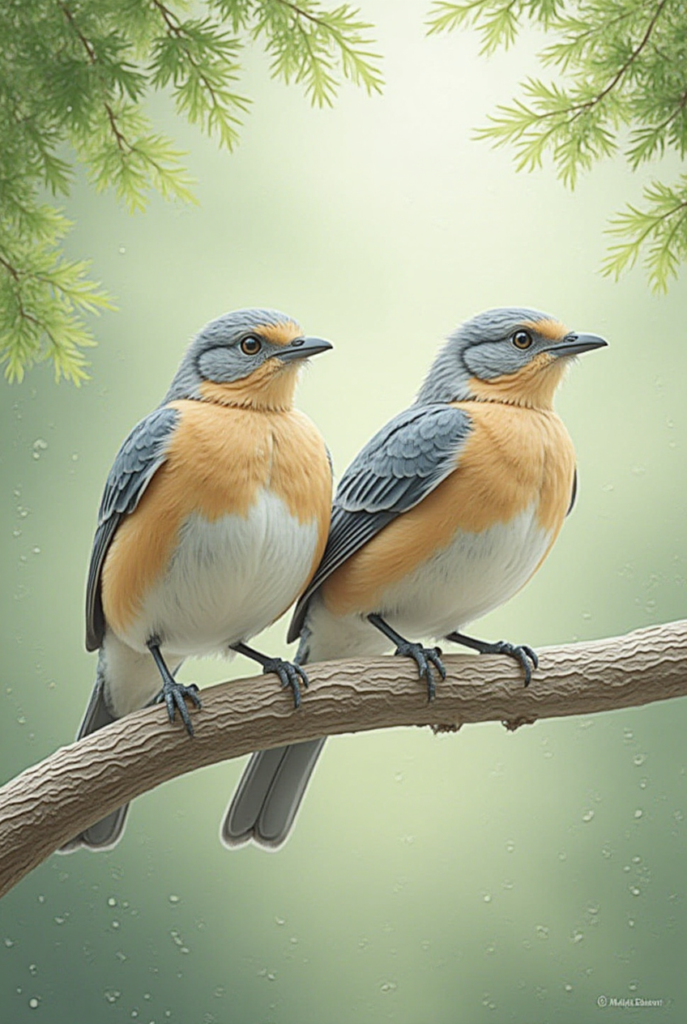
Choose the Right Plants
Selecting the right plants is crucial for attracting birds to your urban space. Here are some types to consider:
- Natives: Native plants provide food and shelter that local birds are adapted to. Examples include coneflower, sunflowers, and berry-producing shrubs.
- Flowering Plants: Plants that bloom can attract insects, which in turn draws insect-eating birds.
- Fruits and Berries: Consider planting fruit-bearing plants like elderberry, dogwood, or serviceberry to provide a feast for birds.
Provide Fresh Water Sources
Water is essential for birds, especially during hot summer days. Here’s how you can incorporate water into your garden:
- Birdbaths: A shallow birdbath can be a great addition. Keep it clean and fill it with fresh water regularly.
- Water Features: A small fountain or pond can provide both aesthetic appeal and a water source for birds. Moving water is particularly enticing.
Create Shelter and Nesting Sites
Birds need safe spaces to rest and nest. You can enhance your garden’s appeal by adding shelter features:
- Dense Shrubs: Plant dense shrubs or hedges for birds to hide and nest in.
- Nesting Boxes: Install birdhouses or nesting boxes according to the species you wish to attract. Provide appropriate entry holes and keep them clean.
Offer Bird Feeders
Feeding birds is one of the most direct ways to attract them. Here are a few tips:
- Types of Feeders: Use platform feeders, tube feeders, and suet feeders to cater to various birds.
- Food Choices: Opt for seeds, nuts, and fruit based on the birds you want to attract. Consider sunflower seeds, black oil sunflower seeds, and saccharine fruits.
Avoid Pesticides
Using chemicals in your garden can deter birds and harm beneficial insects. Opt for natural pest control methods instead, such as:
- Companion Planting: Plant certain plants together to repel pests naturally.
- Hand Picking: Regularly inspect plants and remove pests by hand where possible.
Make Your Space Less Chaotic
A clutter-free garden is more welcoming for birds. Here are ways to create a calm environment:
- Reduce Noise: Keep loud activities, like lawn mowing, to a minimum to avoid scaring away birds.
- Limit Movement: Minimize sudden movements near bird feeders and watering holes, allowing birds to feel at ease.
Be Patient and Observant
Attracting birds to your garden can take time, so be patient. Spend moments sitting quietly in your garden to observe the behaviors of passing birds. Keep a journal to note which birds visit your yard and when they come. This will help you plan for future seasons.
Creating an inviting urban garden for summer birds can transform your outdoor space into a lively oasis. By incorporating native plants, water sources, shelters, and feeders while maintaining a peaceful environment, you’ll be well on your way to making your garden a bird haven. Just remember that every small effort counts, and the joy of watching these beautiful creatures can be an enriching experience for you and your family.
Birdwatching Tips for Exploring City Parks in the Summer
City parks blossom in the summer, offering urban dwellers a refreshing escape into nature. As the weather warms up, a vibrant world of birds emerges, making it the perfect time for birdwatching. Here are some essential tips and tricks to enhance your birdwatching experience in city parks this summer.
Choose the Right Time
The best time for birdwatching is early in the morning or late in the afternoon. This is when birds are most active, searching for food and singing their beautiful songs. If you can manage, aim for mornings around sunrise, when the park is generally quieter and the light is softer. You’ll have a greater chance to spot various species.
Dress Appropriately
Your comfort is essential. Wear light and breathable clothing suitable for warm weather. Natural colors help you blend in with your surroundings, making it less likely that you’ll scare the birds away. A sturdy pair of shoes is also crucial, especially if you plan to walk extensively through the parks.
Gear Up
Having the right gear can significantly enhance your birdwatching experience. Consider the following:
- Binoculars: Investing in a good pair of binoculars will allow you to see details from a distance. Look for models with at least 8x magnification for optimal viewing.
- Field Guide: Bring along a bird identification guidebook or a birdwatching app on your phone. Familiarize yourself with local species to aid your identification skills.
- Notebook: Carry a small notebook to jot down your sightings, sketches, or notes about behaviors you observe. This can help you track your progress and learn over time.
- Camera: Don’t forget your camera if you want to capture those beautiful moments. Just remember to respect the birds’ space while photographing them.
Find the Right Spot
Different birds inhabit various habitats. City parks may have diverse environments, from woodlands to open fields and water bodies. Here are some tips for selecting the best locations:
- Near Water: Birds often gather around lakes, ponds, or streams. Look for areas where you can spot ducks, herons, and other waterfowl.
- Under Trees: Species like warblers and sparrows love to perch on branches. Stay near trees and shrubs to increase your chances of spotting them.
- Open Areas: Look for grassy patches or fields for ground-feeding birds like robins or mourning doves.
Practice Patience
Birdwatching requires a fair amount of patience. Birds can be elusive, so take your time. Find a comfortable spot and sit quietly for a while. Observe the sounds around you and embrace the tranquility of nature. Often, the longer you wait, the more likely you are to witness some amazing bird activity.
Learn Bird Songs
Birds communicate using songs and calls, which can help you locate them before you even see them. Take some time to learn the most common bird songs in your area. Apps with audio samples can be helpful. Recognizing a bird by its call can lead you to its location and ultimately enhance your birdwatching experience.
Respect the Wildlife
Always practice ethical birdwatching. Respect the birds’ space by keeping a safe distance. Avoid using playback calls that might stress birds or disrupt their natural behaviors. Remember, your goal is to enjoy observing the wildlife without causing harm or disturbance.
Join a Birdwatching Group
Joining a local birdwatching group can be a fun way to meet fellow enthusiasts. You can learn from experienced birders and share tips and sightings. Many parks host organized birdwatching events during the summer, providing a great opportunity to connect with nature lovers in your community.
Exploring city parks over the summer for birdwatching can be both enjoyable and enriching. Armed with these strategies, you’ll maximize your chances of seeing and learning about the fascinating avian life around you. Happy birdwatching!
The Importance of Urban Biodiversity for Summer Birds
Urban areas are often thought of as concrete jungles, but they play a vital role in supporting various forms of life, particularly summer birds. The rich tapestry of biodiversity found in cities contributes to a healthy ecosystem and enhances the lives of both humans and wildlife. Understanding this importance can help us foster a more harmonious coexistence with nature in urban settings.
One of the primary reasons urban biodiversity is crucial for summer birds is food availability. Cities can provide essential resources for birds during the summer months:
- Nesting Sites: Many buildings, trees, and parks offer potential nesting sites. Different species prefer different locations, such as eaves of buildings or dense shrubs. Urban environments allow birds to creatively adapt their nesting behaviors.
- Food Resources: Summer brings a variety of insects and flowering plants that attract birds. Urban gardens, street trees, and parks can create a smorgasbord of insects and berries for hungry birds.
- Water Sources: Puddles, fountains, and birdbaths in city parks provide critical hydration points for birds during hot summer days.
Moreover, urban biodiversity significantly influences bird migration patterns. Cities are often strategically located along migratory routes, making them vital stopover points for summer birds. When urban areas provide safe resting zones with ample food and water, migratory birds are more likely to thrive. This supports not only the local bird population, but also the entire migratory network which many birds depend on for survival.
Urban biodiversity is also beneficial for promoting birdwatching activities. When you engage with your local environment, you’re not just observing birds; you’re actively contributing to broader conservation efforts. Birdwatching encourages people to explore parks and develop an appreciation for nature. Here are some ways urban biodiversity enhances birdwatching experiences:
- Accessibility: Nearby parks and green spaces give everyone the chance to witness a variety of bird species without traveling far.
- Community Engagement: Local birdwatching groups foster social connections while raising awareness about the importance of protecting urban biodiversity.
- Educational Opportunities: Schools can incorporate birdwatching into their curriculum, teaching students about local ecosystems and the role of birds in maintaining balance.
Furthermore, a diverse urban environment helps mitigate the adverse effects of climate change on summer birds. Green spaces act as natural air conditioners, reducing urban heat while also absorbing carbon dioxide. A healthy urban ecosystem with a variety of plants can provide shade, shelter, and food for vulnerable bird populations. Encouraging a mix of native plants in gardens and parks creates a thriving habitat that appeals to a wider range of bird species.
An interesting point to remember is that not all summer birds disappear after the season ends. Many species are residents year-round in urban environments, while others migrate to warmer areas. This resilience demonstrates the adaptability of urban biodiversity. To further support these birds, it’s essential to protect their habitats. Here are some practical steps you can take:
- Plant Native Species: Native plants are more likely to attract and support local bird populations, providing food and shelter.
- Create Bird-Friendly Spaces: Include birdhouses, feeders, and water sources in your garden.
- Avoid Pesticides: Reducing chemical use helps ensure that birds have access to a healthy food supply.
The significance of urban biodiversity for summer birds cannot be overstated. Cities that embrace a wider variety of plant life and green spaces create environments that nourish and support both birds and human inhabitants. By recognizing the value of urban ecosystems, we can foster a sustainable future that benefits all creatures. Get involved in your community, promote nature-friendly practices, and enjoy the beauty of summer birds in the urban landscape!
Conclusion
As summer unfolds, urban landscapes transform into vibrant habitats brimming with avian life. The most common summer birds, such as sparrows, doves, and swallows, bring joy and delight to city dwellers. However, these birds face significant habitat challenges, including limited green spaces and pollution. Understanding these obstacles can empower you to take action and advocate for healthier environments.
Creating inviting spaces in your urban garden is an effective way to support these feathered friends. Simple practices like planting native flowers, providing bird feeders, and installing birdbaths can attract a variety of species, enhancing your personal ecosystem. You might be surprised how quickly birds flock to your garden once you implement these small changes!
For those keen on birdwatching, city parks are treasure troves. With a few helpful tips, you can maximize your experience. Carry binoculars, be patient, and learn to identify local species. You’ll discover the hidden beauty of nature right in your urban backdrop.
Urban biodiversity plays a critical role in maintaining the health of our ecosystems. Summer birds contribute to pollination, pest control, and seed dispersal, benefits that extend beyond their beauty. By fostering a welcoming environment, you not only improve the survival chances of these birds but also enrich your community’s biodiversity.
By taking the time to appreciate and support summer birds in the city, you enhance your own quality of life, foster a connection with nature, and play a vital role in promoting a healthier urban ecosystem. Embrace the joys of summer birdwatching, and your city will come alive with nature’s melodies.
